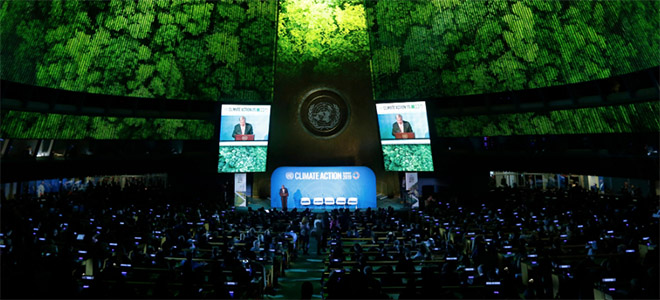
ABC 6 On Your Side
by Stephen Loiaconi
Teen climate activist Greta Thunberg lectured world leaders Monday on their failure to address the threat of climate change, days after she and others led millions of protesters in a global strike to raise awareness of the issue.
But environmentalists still face an uphill climb to spur the dramatic changes they say are necessary to save the planet from rising temperatures.
“This is all wrong. I shouldn’t be standing here,” Thunberg, 16, told representatives from more than 60 countries at the U.N. Climate Action Summit in New York. “I should be back in school on the other side of the ocean. Yet you all come to me for hope? How dare you! You have stolen my dreams and my childhood with your empty words.”
The Swedish teen spoke during an event one U.N. official hyped as a pivotal moment for the global battle against climate change.
“We can use this summit as a slingshot toward further agreements that need to be reached in the climate negotiations, at the end of this year and at the end of 2020,” Rachel Kyte, special representative for sustainable energy, told ABC News.
U.N. Secretary-General Antonio Guterres convened the session to advocate for more ambitious commitments from signatories to the 2015 Paris Agreement ahead of climate negotiations set for next year. Promises to reduce greenhouse gas emissions made four years ago fall far short of what experts say will be required in the decades ahead to avert the most damaging effects of climate change.
“Don’t come to the summit with beautiful speeches,” Guterres said last month. “Come with concrete plans … and strategies for carbon neutrality by 2050.”
Thunberg was even more direct, accusing the world’s governments of betraying future generations by ignoring established science and setting insufficient goals for emissions cuts.
“You say you ‘hear’ us and that you understand the urgency,” she said Monday. “But no matter how sad and angry I am, I don’t want to believe that. Because if you fully understood the situation and still kept on failing to act, then you would be evil. And I refuse to believe that.”
Thunberg is also one of 16 petitioners in a legal complaint filed Monday with the United Nations Committee on the Rights of the Child alleging Argentina, Brazil, France, Germany, and Turkey failed to curb emissions despite knowing for decades about the risks of climate change.
“The climate crisis is a children’s rights crisis,” said Scott Gilmore, a human rights lawyer at Hausfeld, the law firm representing the petitioners. “The current path of global warming will leave today’s children with an unlivable world.”
Monday’s events followed a weekend of high-profile climate activism with millions of protesters in cities around the world calling for a more aggressive response to climate change. Scientists say humans must limit temperature increases to 1.5 degrees Celsius by 2100, and that could require cuts in emissions three to five times larger than current commitments.
The U.N. also held its first Youth Climate Summit Saturday for activists between 18 and 29 years old. Britt Groosman, vice president of global climate at the Environmental Defense Fund, argued the passion of a new generation of leaders like Thunberg could change the climate debate.
“As global leaders, nonprofits and corporations convene for climate talks, there is an inescapable movement underway, fueled by youthful determination to change the course of our future,” Groosman wrote in a blog post.
Experts who study environmental activism say the worldwide protests Friday made a significant statement and called new attention to the cause, but no one protest event is going to shift the views of the public or policymakers about climate change.
“I think it is one pathway that increases public pressure for policy action,” said Max Boykoff, author of “Creative (Climate) Communications” and director of the Center for Science and Technology Policy Research at the University of Colorado Boulder. “It certainly isn’t going to be a silver bullet if you will. Rather, it’s one more piece of silver buckshot.” Read more …


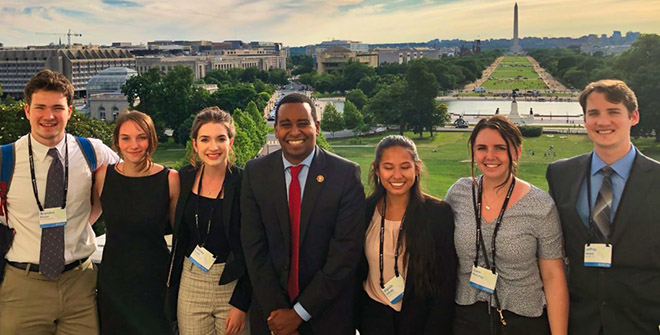


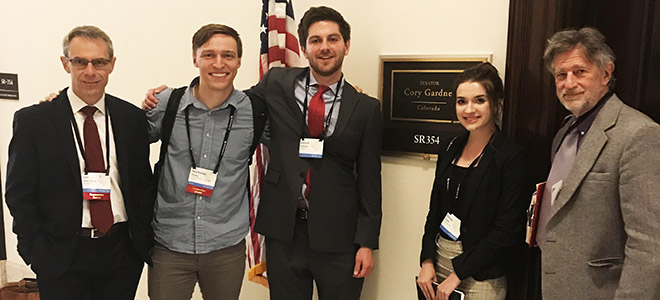
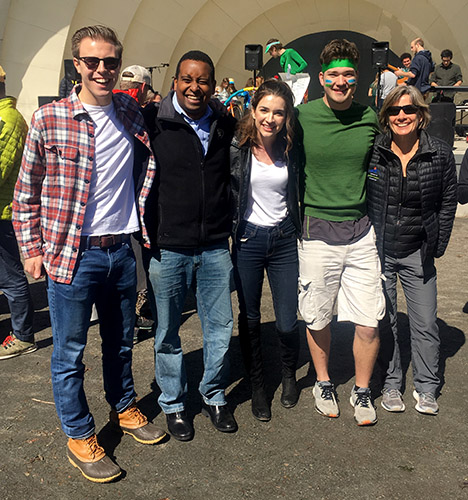
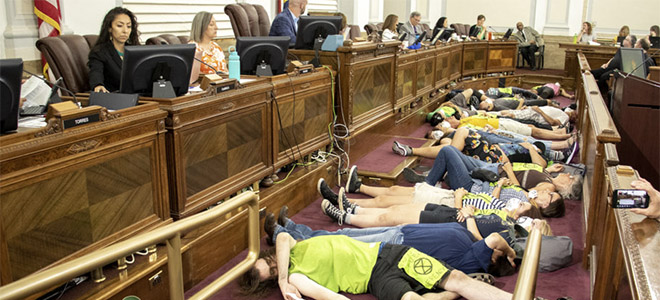


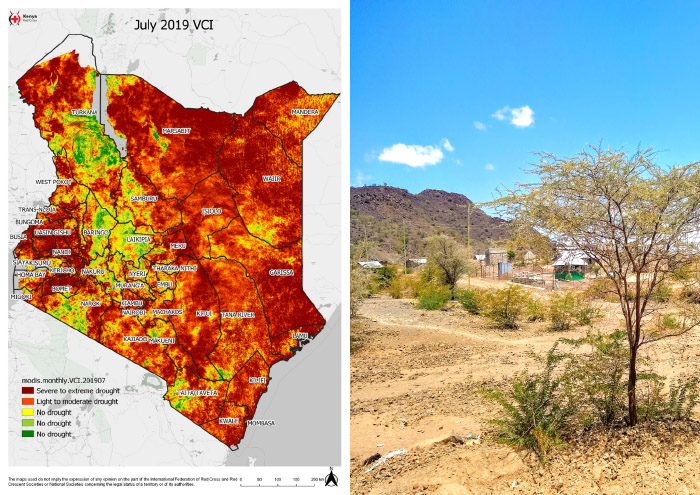
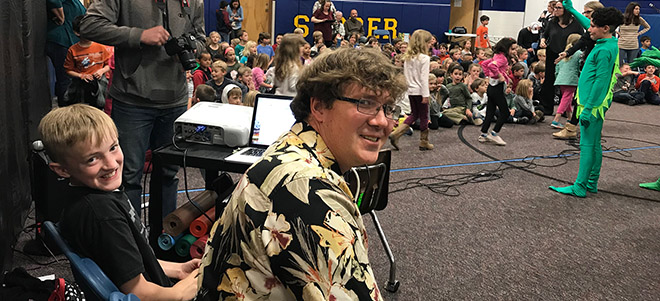



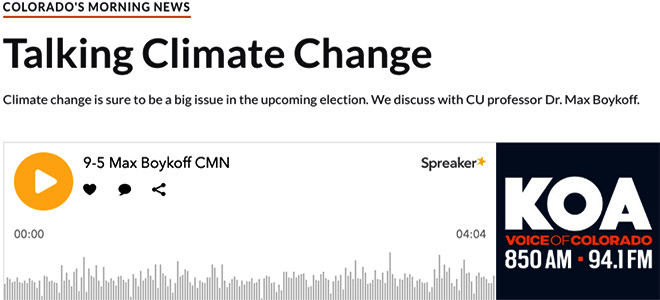

Antarctic Marine Protection Treaty Offers Lessons for Global Conservation
CU Boulder Today
by Trent Knoss
Photo above: Adélie penguins on the hunt off the coast of Antarctica. Credit: John B. Weller, www.johnbweller.com.
A landmark multinational agreement protecting Antarctica’s Ross Sea offers valuable lessons for similar global conservation pacts in the future, according to a new analysis coauthored by a CU Boulder researcher.
The Ross Sea region Marine Protection Area, which was adopted by the international community in October 2016 after more than five years of negotiations, preserves vital biodiversity in the Southern Ocean and has been praised for being the world’s largest marine protected area.
The hard-won agreement among 24 member nations and the European Union comprising the Commission for the Conservation of Antarctic Marine Living Resources which manages the Southern Ocean was not without challenges, says CU Boulder’s Cassandra Brooks, but does show that conservation of the global commons is possible.
“The Ross Sea is one of the healthiest and richest marine ecosystems on Earth,” said Brooks, an assistant professor in the Department of Environmental Studies. “Its protection is an environmental win and a gift to humanity, but achieving the protection of the Ross Sea was also a diplomatic win which demonstrated that despite political tensions, governments can come together to conserve the global commons.”
Emerging Threats
The Ross Sea and its neighboring Antarctic waters have historically been sheltered from human-fueled resource depletion due to their remote location and forbidding climate. Nevertheless, the region has been plagued in recent decades by a growing commercial fishery for Antarctic toothfish (sold as the lucrative Chilean sea bass) and climate change, which collectively threaten to damage the entire marine ecosystem.
Across the world, marine protected areas have proved an effective tool for conserving biodiversity, including in the face of environmental change. Yet adopting these protected areas in international waters has proved immensely challenging.
Photo: Sea stars huddle together under Antarctic ice. Credit: John B. Weller, www.johnbweller.com; NASA.
The tensions over protected areas in the Antarctic waters, which will inherently demand trade-offs in resources use, created a collective action problem amidst overlapping geopolitical and economic interests within the managing Commission. More than 12 countries actively fish in the Ross Sea, with others actively eyeing its rich resources.
Further, seven countries (Argentina, Australia, Chile, France, New Zealand, Norway and the United Kingdom) have suspended sovereignty claims in Antarctica and two additional nations (Russia and the United States) reserve the right to claim the whole continent. In the Antarctic, countries must make decisions, including designating protected areas, based on unanimous consensus.
And, Brooks says, the challenge of consensus-based decision-making is that any one party can block a measure from moving forward, with any nation able to unilaterally derail a negotiation.
“In these international spaces, we are working with diverse states with competing interests. There needs to be incentives to cooperate, but these incentives are not always aligned,” said Brooks.
Room For Hope
In reviewing the five-year negotiation period from 2012-16, Brooks notes all the ways that the talks could well have failed at various junctions: disputes and suspicions over historical sovereignty boundaries, entrenched positions, and ongoing geopolitical tensions, notably between the U.S., Russia and China.
“Ultimately, the success of the Ross Sea agreement hinged on finding levers of influence with diverse countries. Accommodating fishing interests was key but high-level diplomacy and opportunities for leadership potentially proved the most influential drivers,” said Brooks.
Achieving conservation agreement among other management organizations like the United Nations may prove far more difficult. The UN is currently negotiating a new treaty for managing biodiversity in international waters and some countries are looking to the Antarctic for guidance. But achieving agreement among the 193 countries that comprise the United Nations will be a greater challenge.
Photo: Satellite view of the Ross Sea, which extends from Antarctica’s Ross Ice Shelf. Credit: John B. Weller, www.johnbweller.com; NASA.
“Leadership will continue to be key, as will finding trade-offs between incentives and values, solid science and coordination between governments,” said Brooks.
Even in the case of the Ross Sea, its conservation value remains to be seen. The final agreement was a protected area that was 70% off limits to fishing, but still allowed fishing, including in some areas critical for wildlife. Further, the protected area is set to expire in 35 years—shorter than the life histories of some of the animals the protected area set out to preserve.
“Despite these compromises, the adoption of the Ross Sea region MPA demonstrates that the Antarctic continues to be an exceptional global commons dedicated to peace, science and conservation,” said Brooks. “It provides hope that we can come together as a global community and safegaurd places like the Ross Sea for the sake of future generations.”
The new research paper was recently published in the journal Conservation Letters and was coauthored by Larry Crowder of Stanford University; Henrik Österblom of Stockholm University and Aaron Strong of Hamilton University. The Price Fellowship, the Switzer Foundation, and Stanford University’s Emmett Interdisciplinary Program in Environment and Resources provided funding for the research.